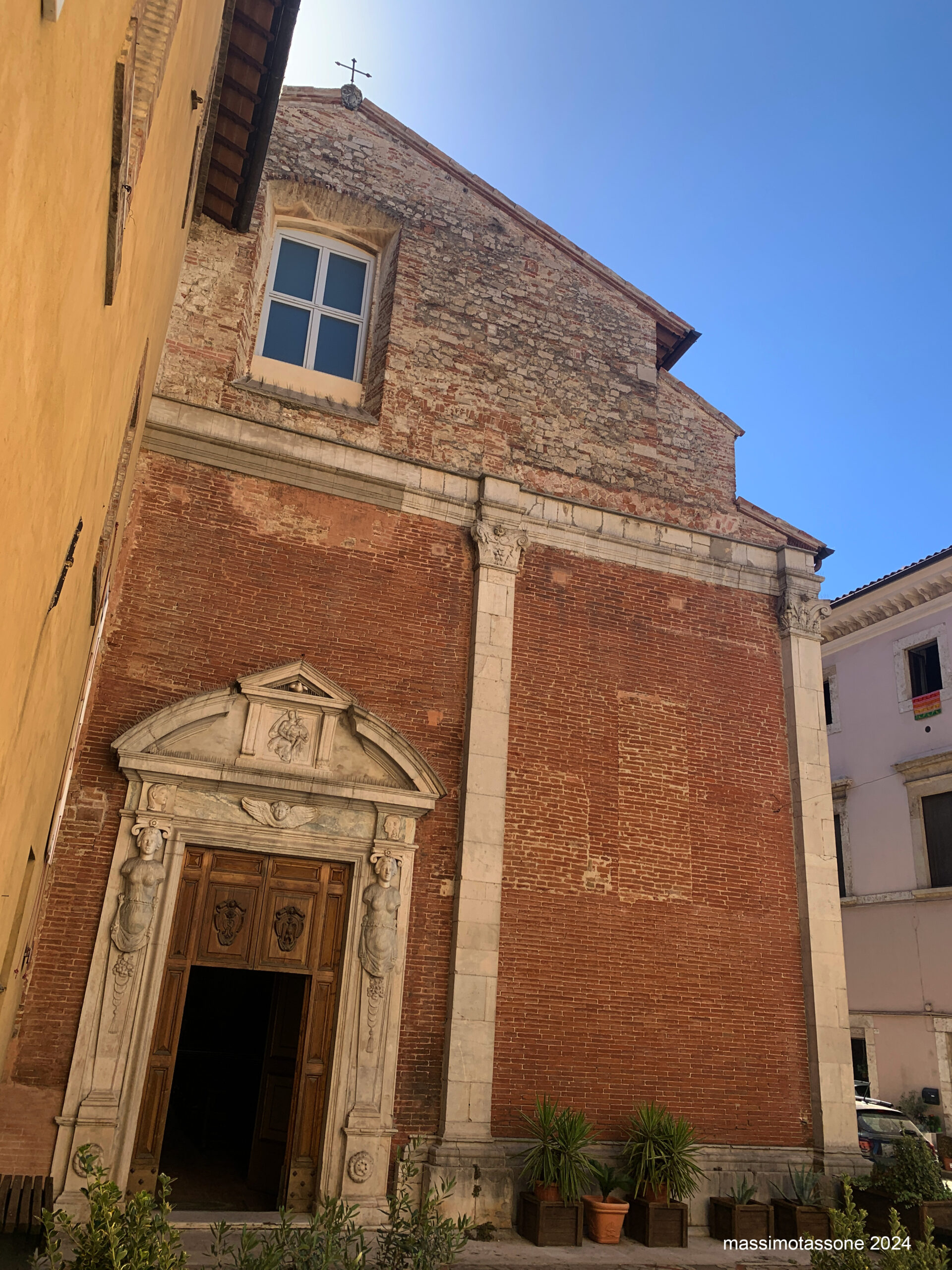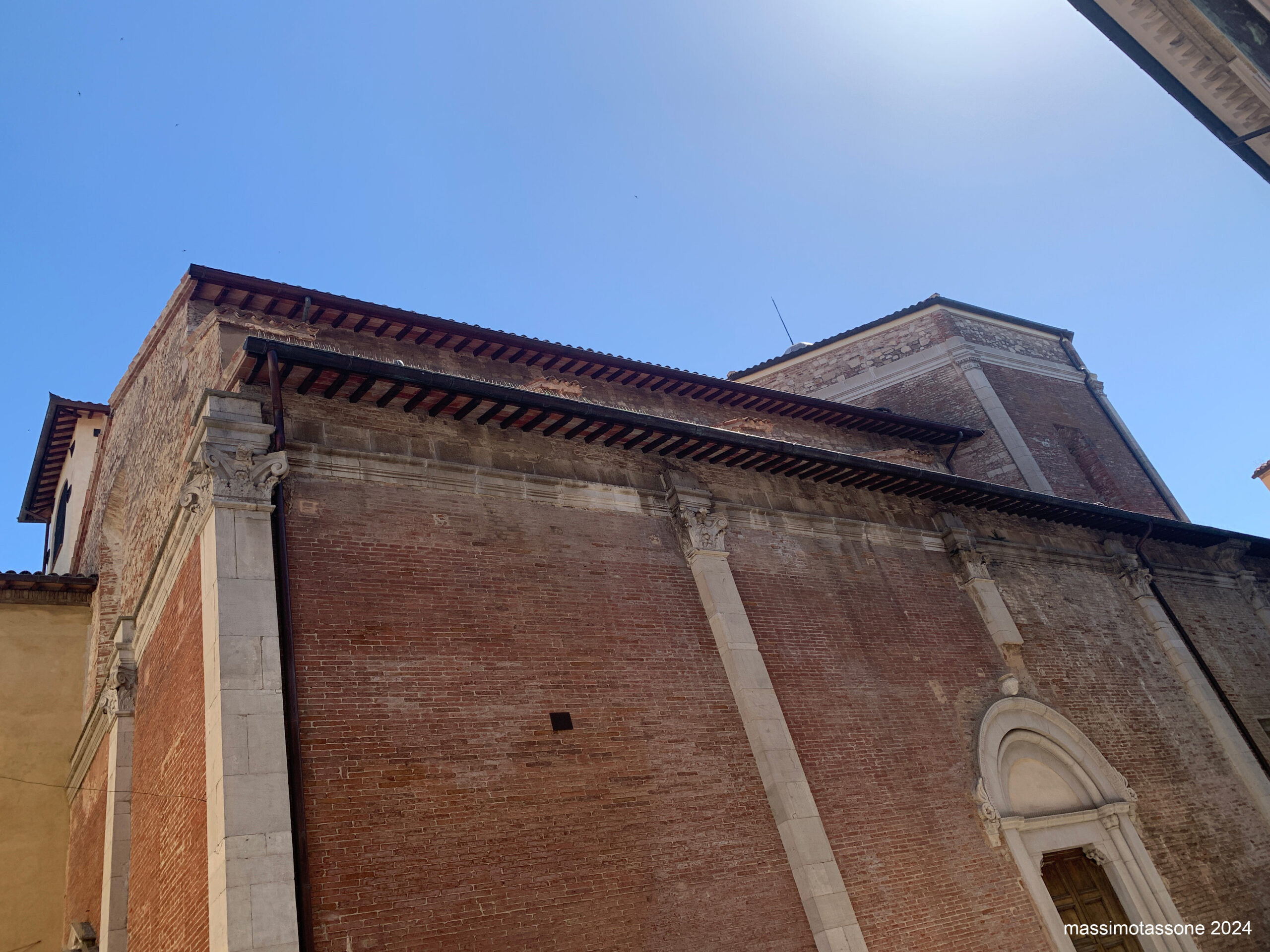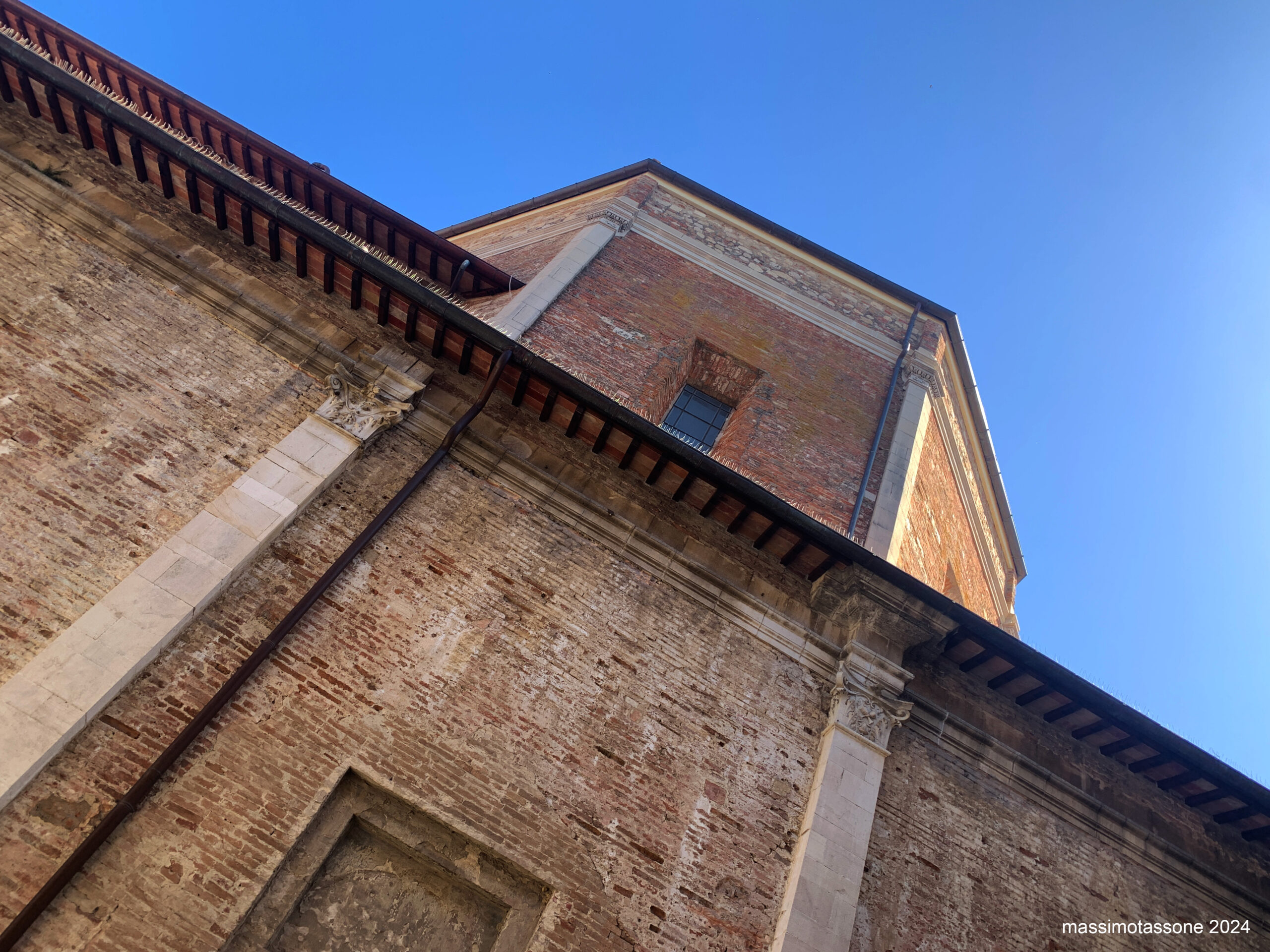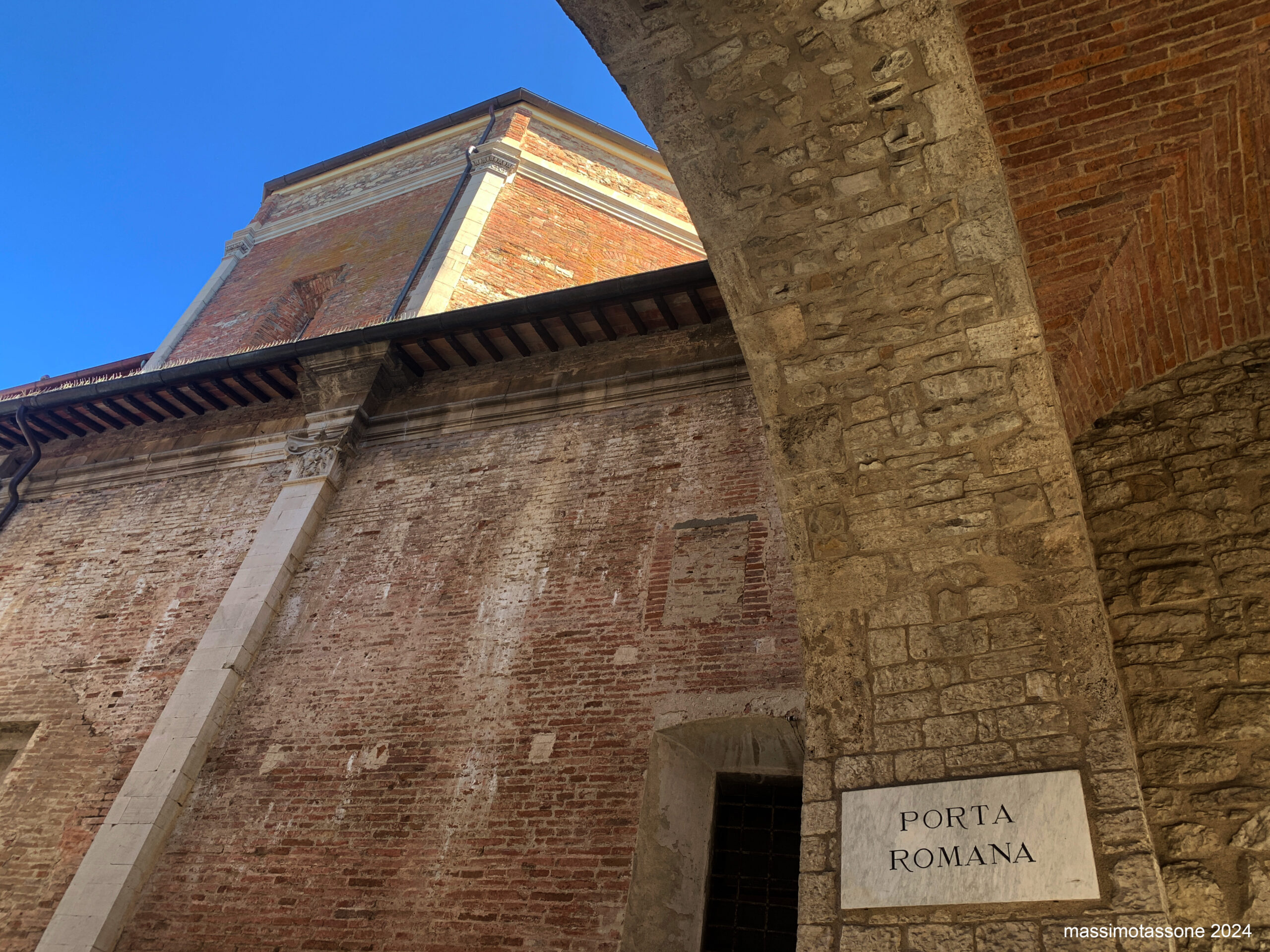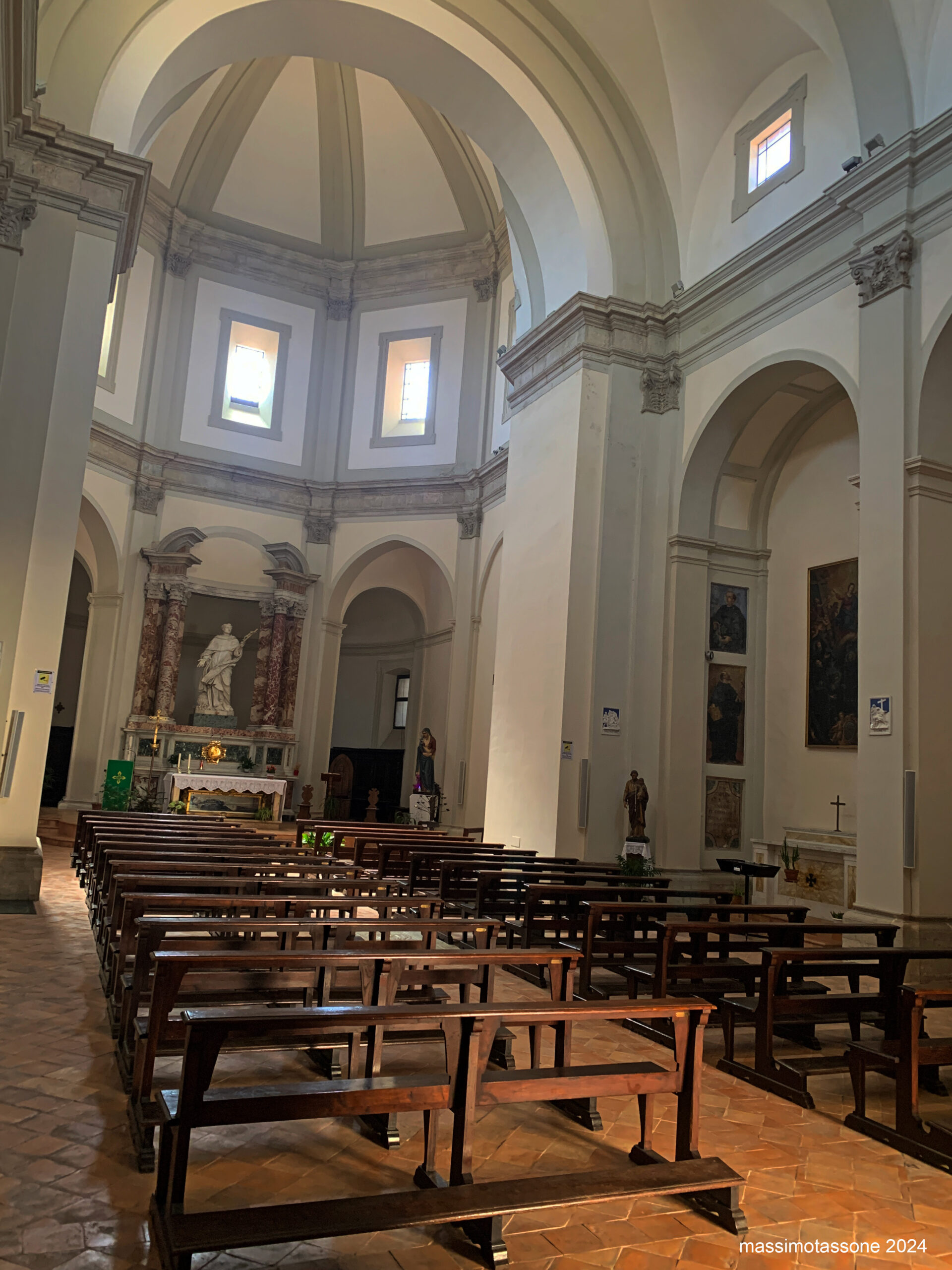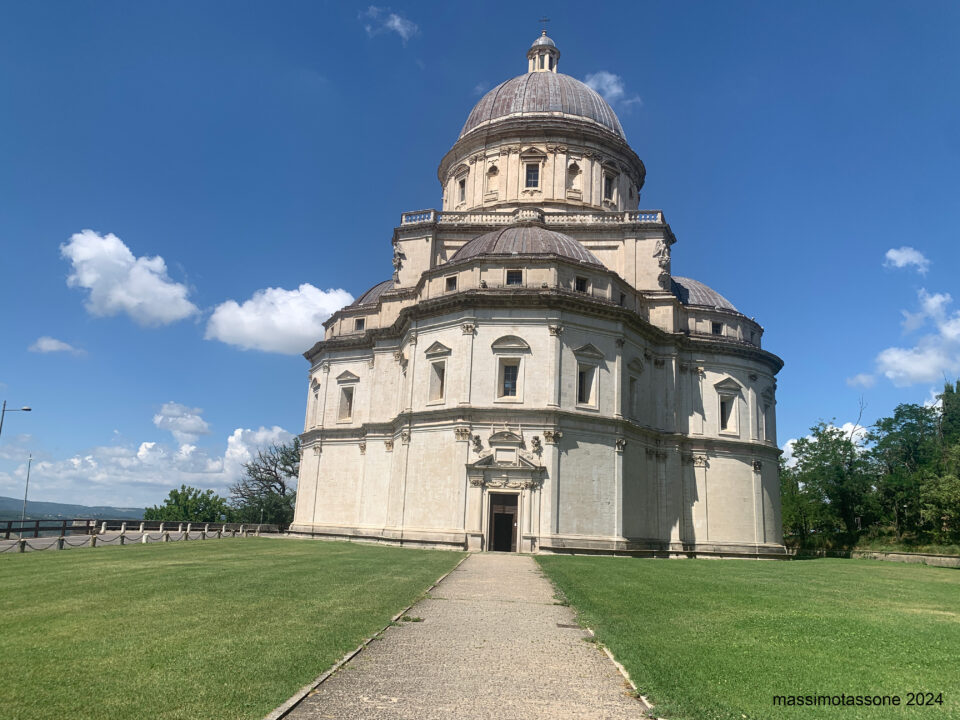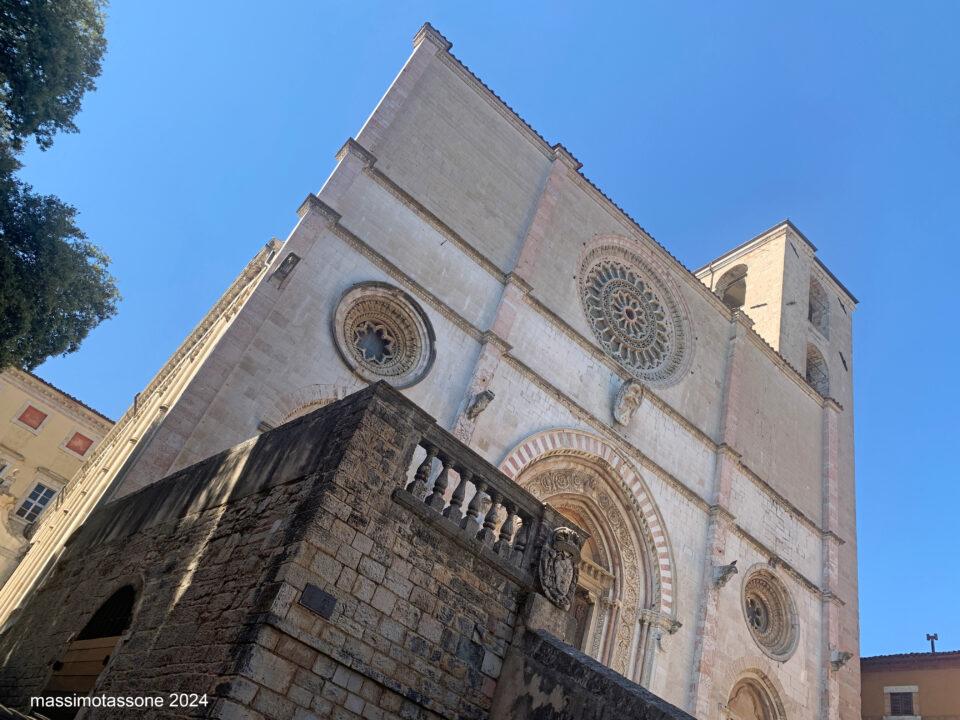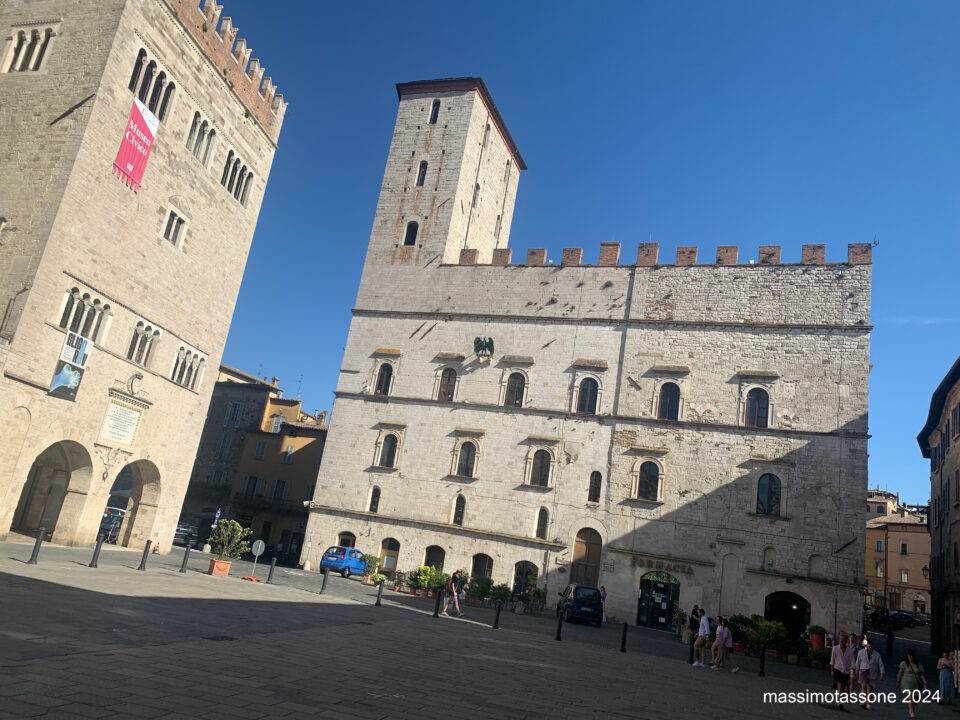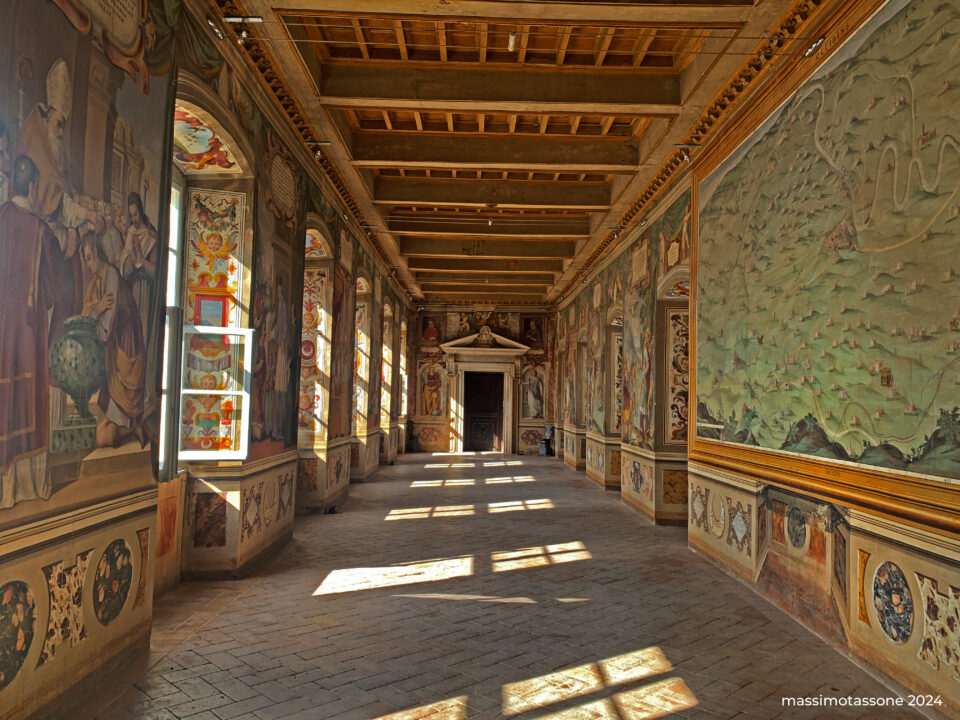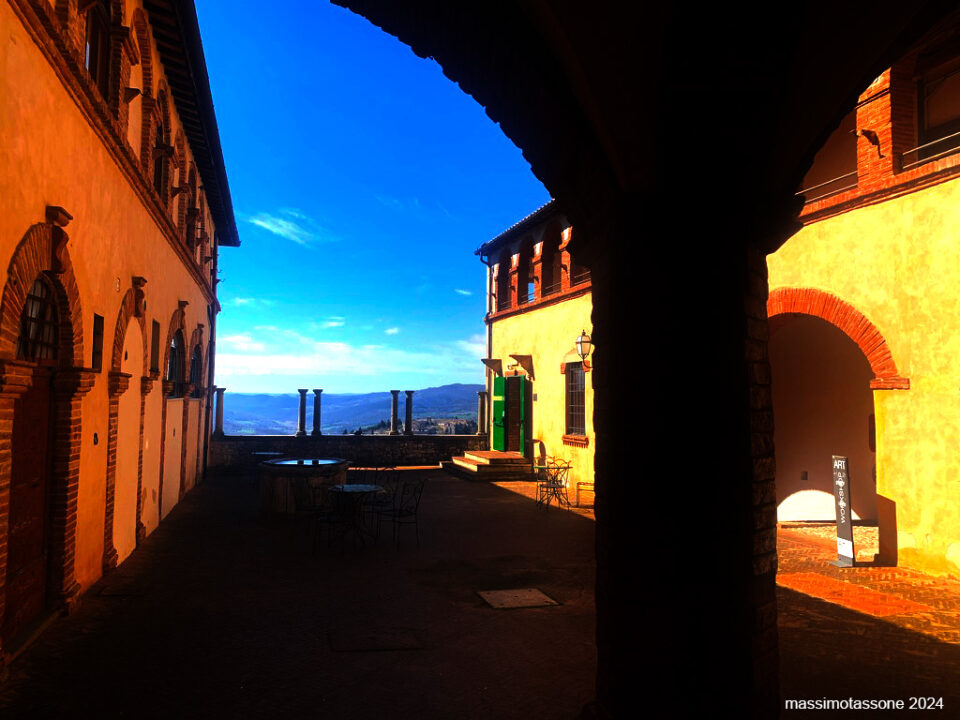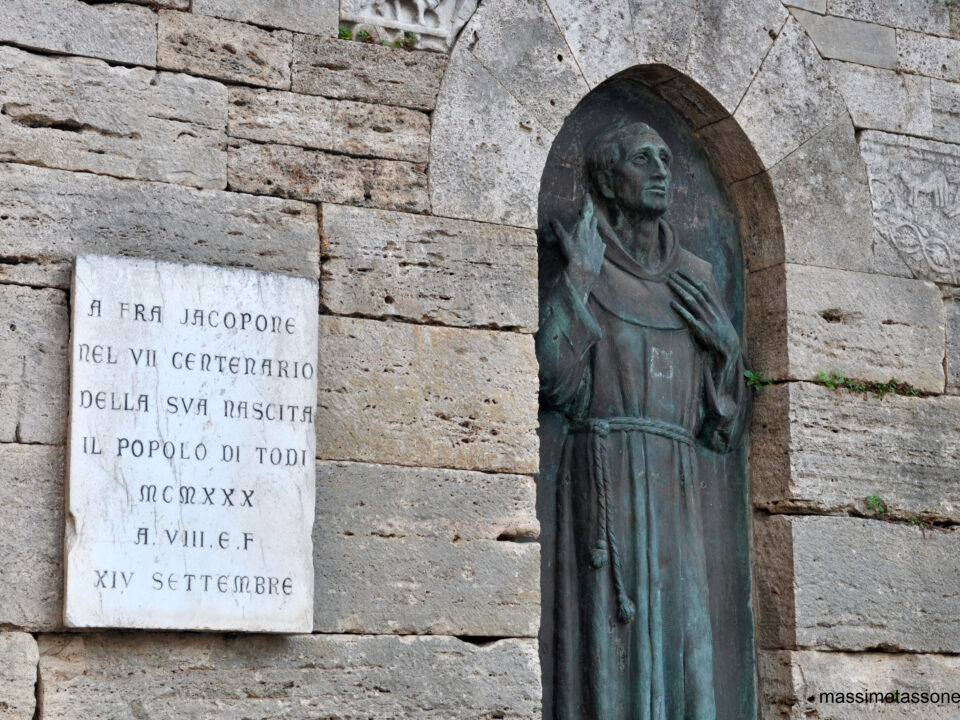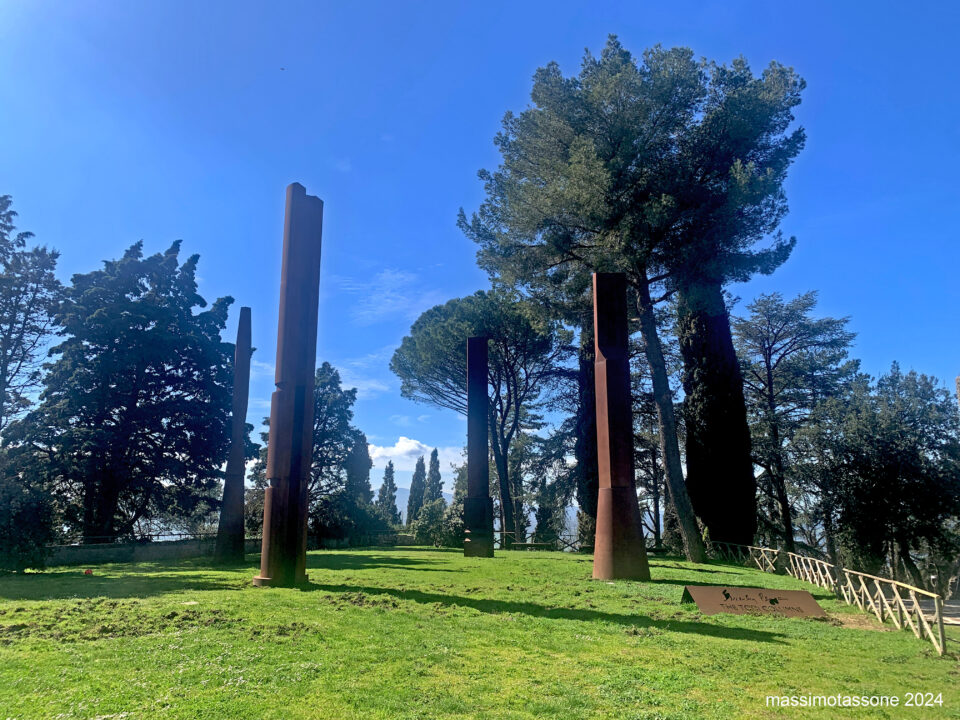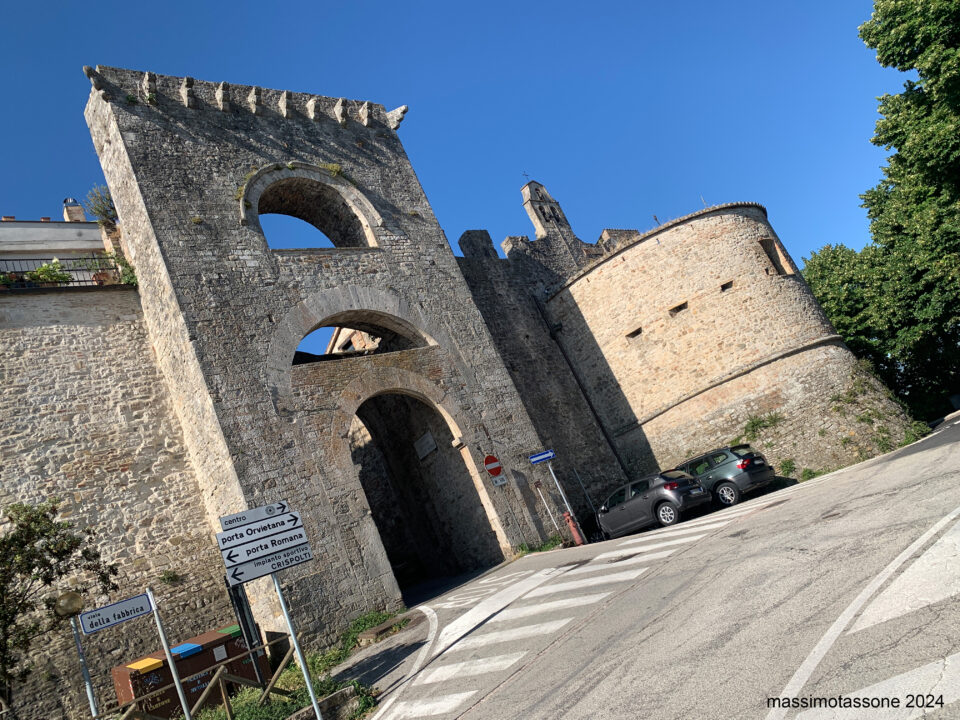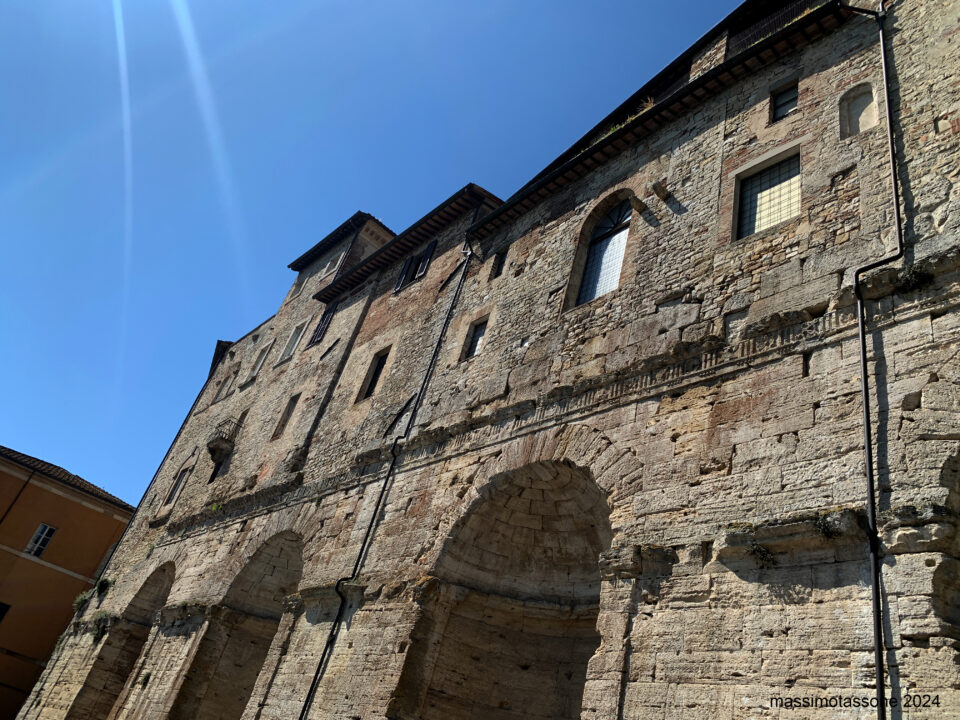Originally called "Santa Maria delle Grazie," this church was built by the Knights of St. John in Jerusalem in 1490 near the hospital to welcome pilgrims. The church originally had an octagonal plan with the access doors in place of the two lateral altars; this initial structure constitutes the apse area of the current church. In 1509, the confraternity of the Company of Santa Maria delle Grazie, due to the increasing number of devotees, obtained permission to expand the church. The two walls of the octagon on the northern side of the building were demolished to make way for the large nave and six side chapels. From 1533 to 1579, the nearly completed work was interrupted due to financial difficulties. The resumption of construction was made possible by the financial contribution of the Servite Order, who settled in this place at the end of the 16th century. In 1692, the construction of a new convent for the friars began. The current structure of the church can be considered essentially similar to what the friars took over in 1660.
The facade is the most altered part because, in the 18th century, the wing of the building connecting the friars' convent to the church was added. The portal contains Renaissance and Mannerist elements, with a stone imitation of the original fresco of the Madonna delle Grazie in the tympanum, created by the sculptor Giovanni da Orvieto, commissioned in 1579. The right wall is adorned with six pilasters with Corinthian capitals. On the left wall stands the bell tower, a simple square-plan tower with three levels. After the construction of the choir behind the church's apse, a long corridor was created along this wall to connect the choir with the friars' convent. The rest of the wall is difficult to read due to the presence of the city walls and the bastion of Porta Romana.
Inside, a 14th-century fresco depicts the Virgin in throne with the Child. It is currently in the chapel on the left, dedicated to the Madonna delle Grazie, though it was originally on the wall of the Hospital of the Knights of St. John of Jerusalem. The fresco was restored in 1933 and again in 1990. Additionally, the church houses the relics of St. Philip Benizi, a noble doctor, placed under the main altar in a modern metal urn. The relics were transferred by Bishop Angelo Cesi on September 21, 1599, from the convent complex of San Marco, now the Monastery of San Francesco.





